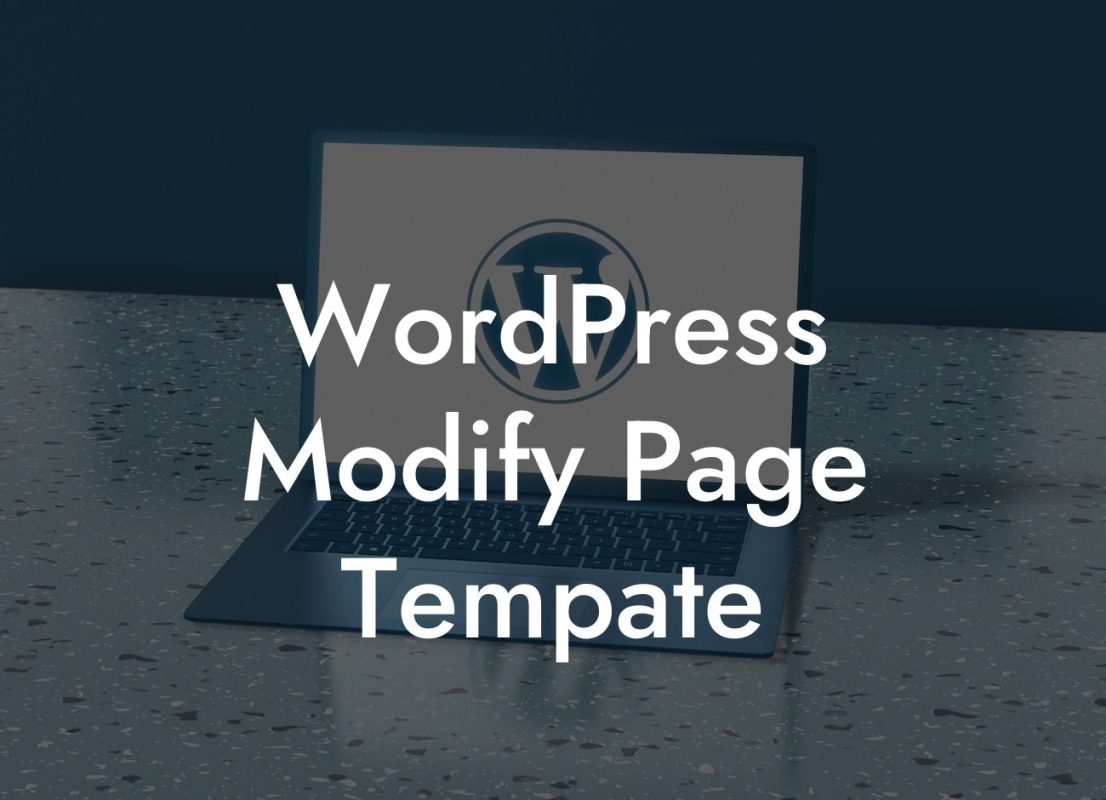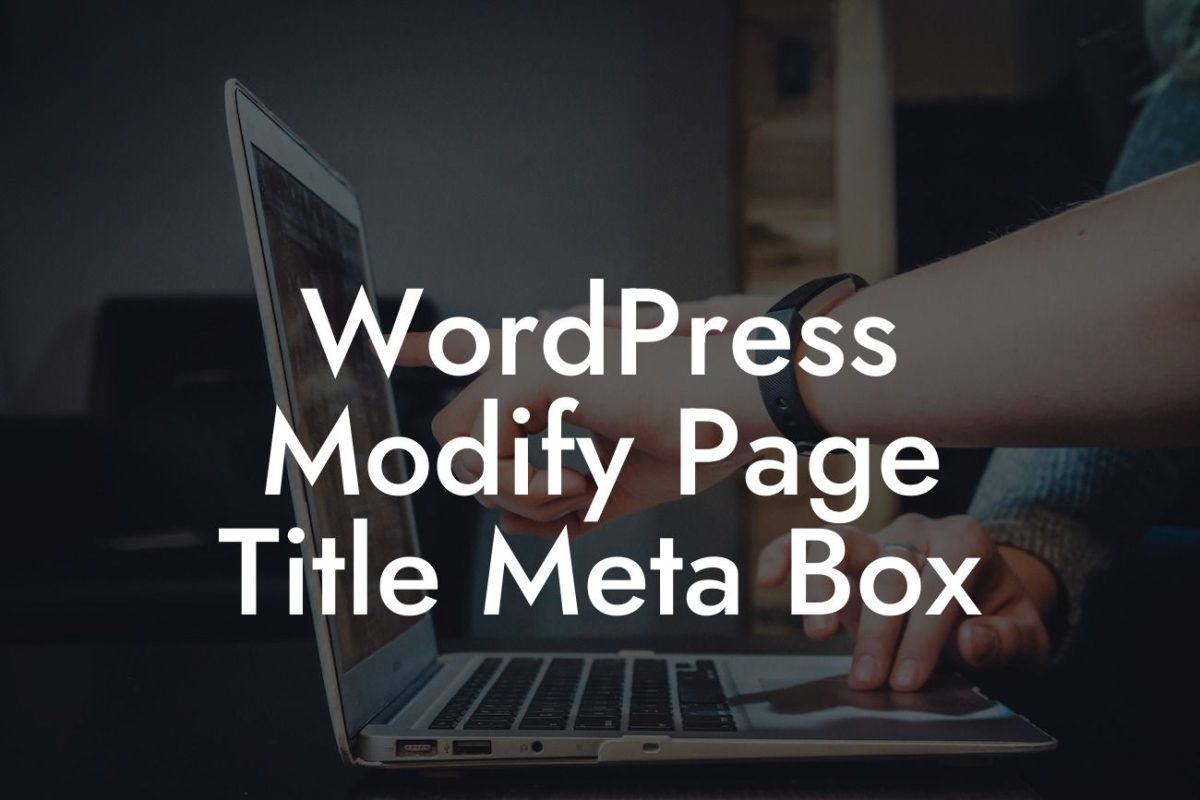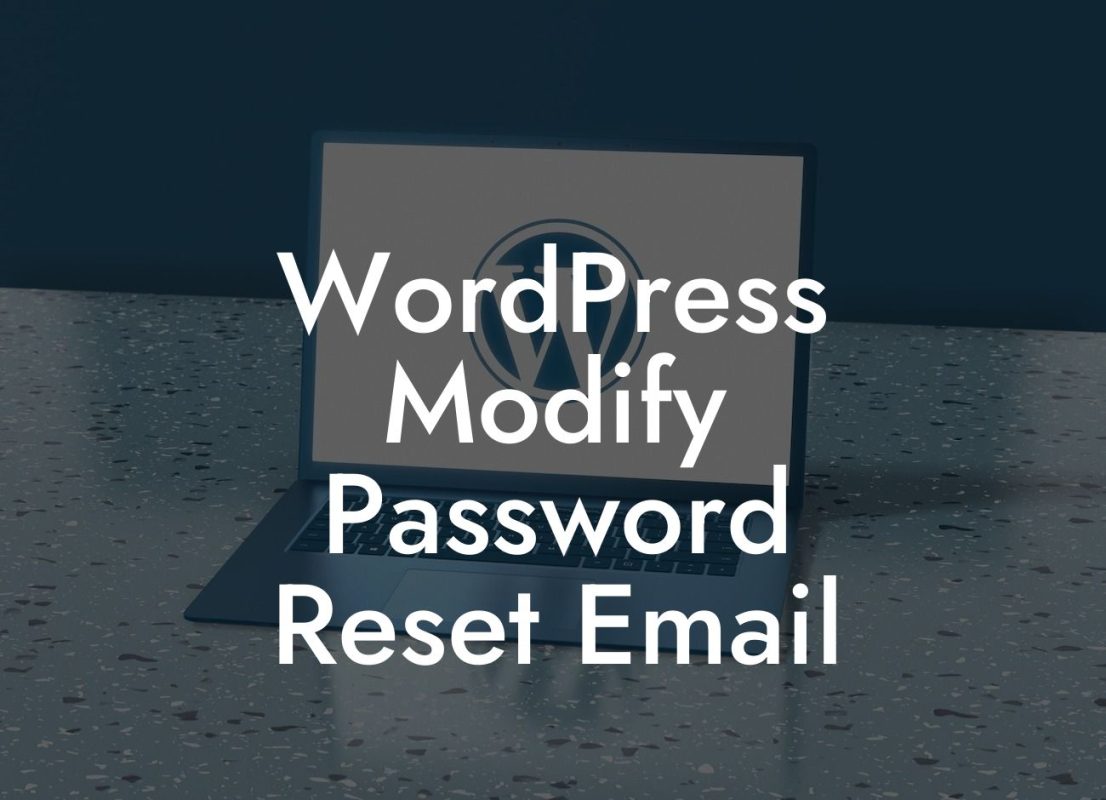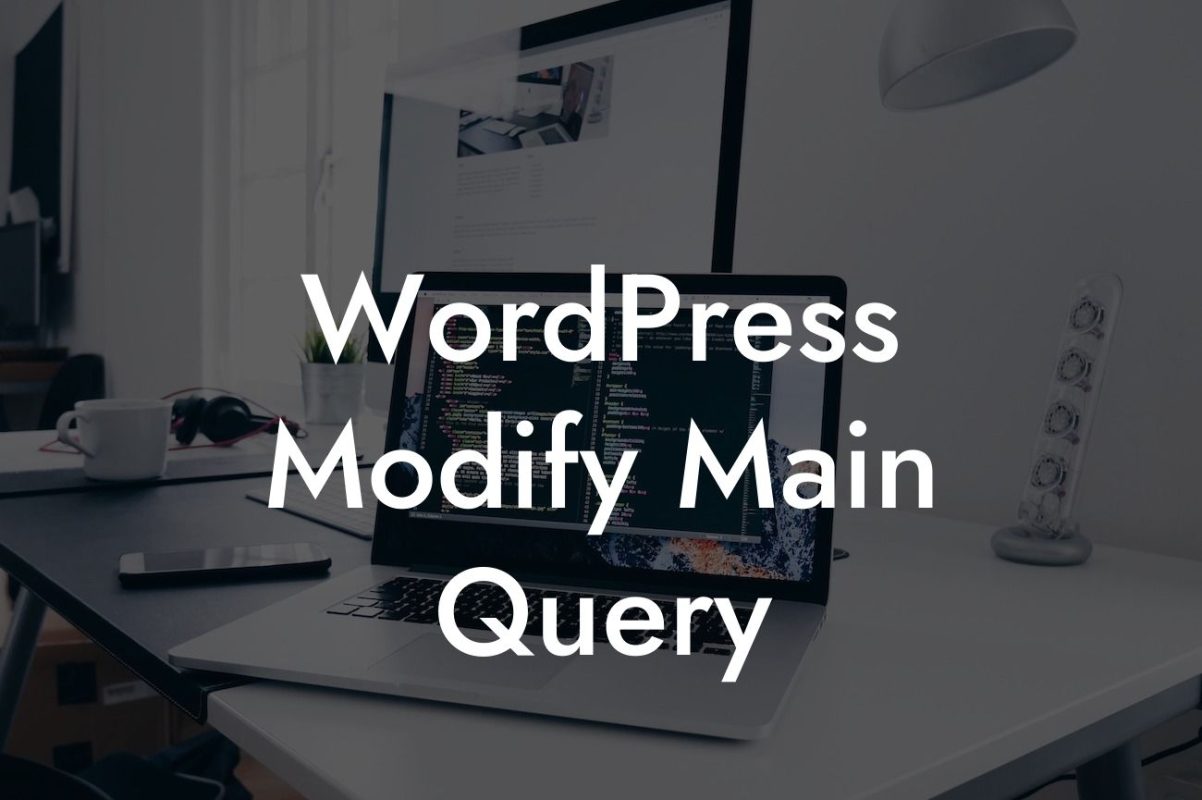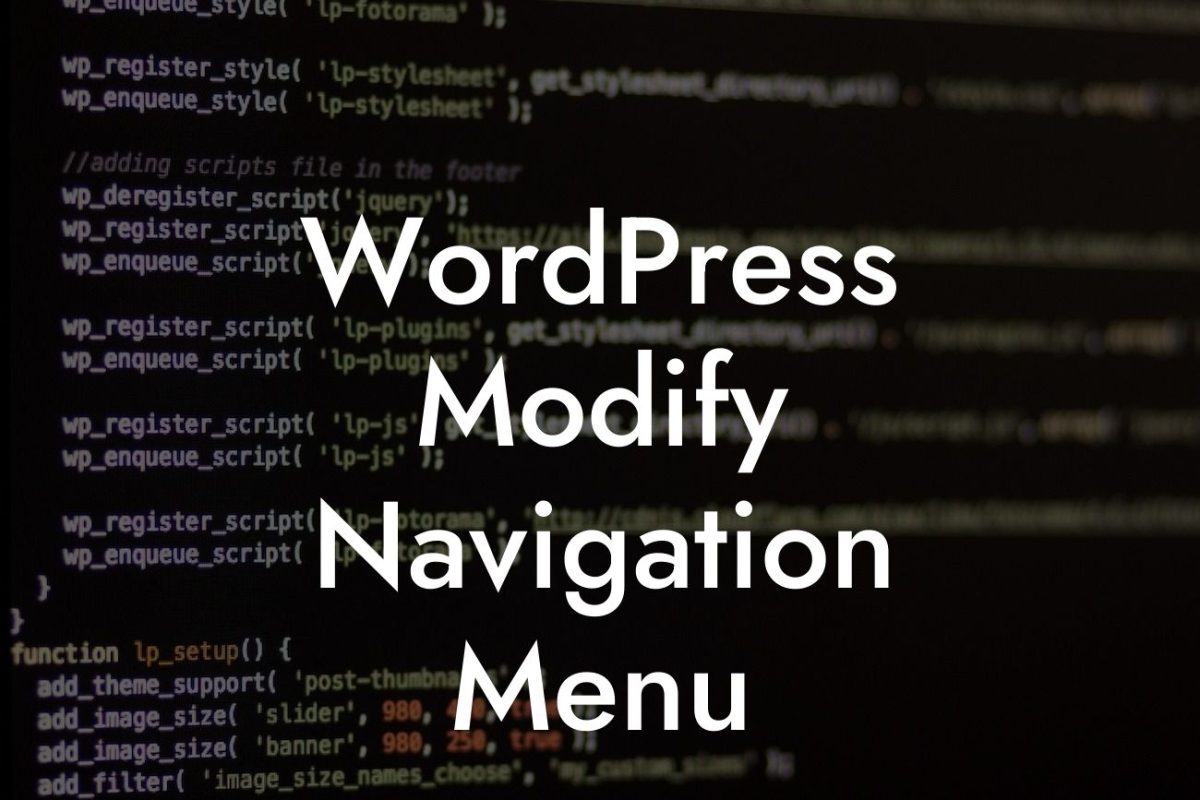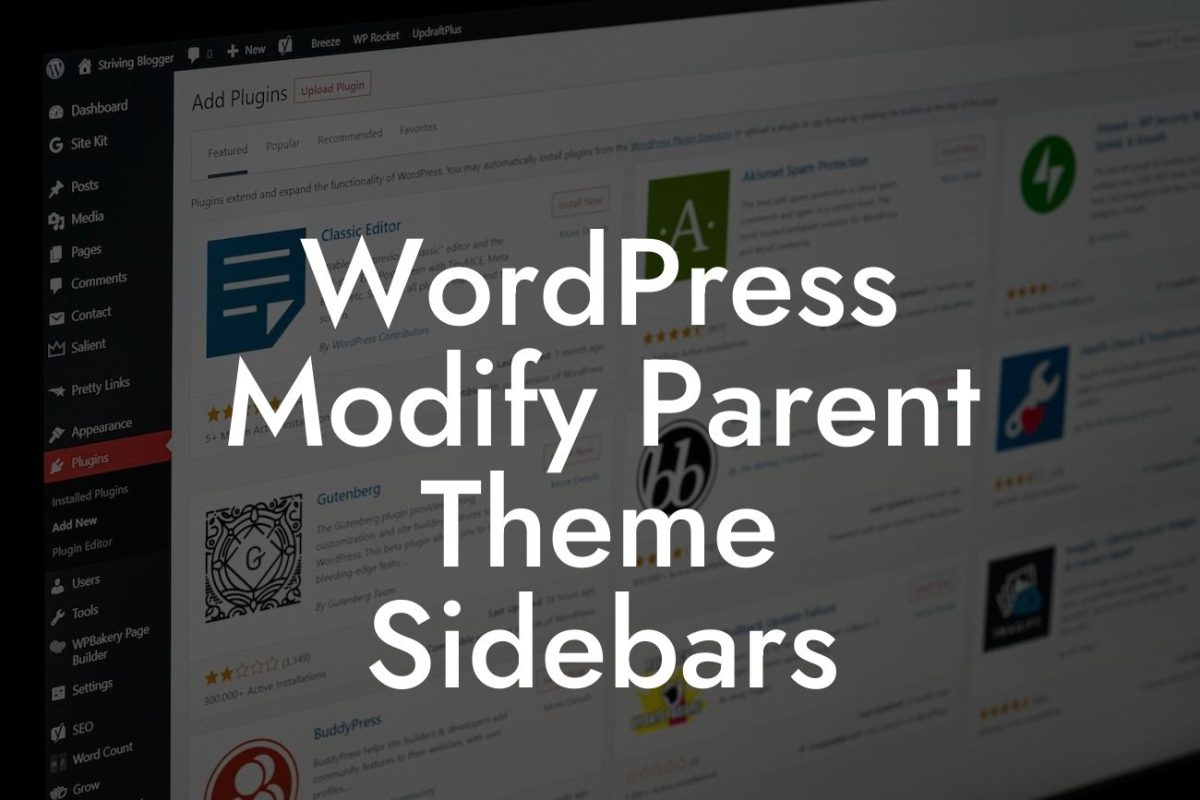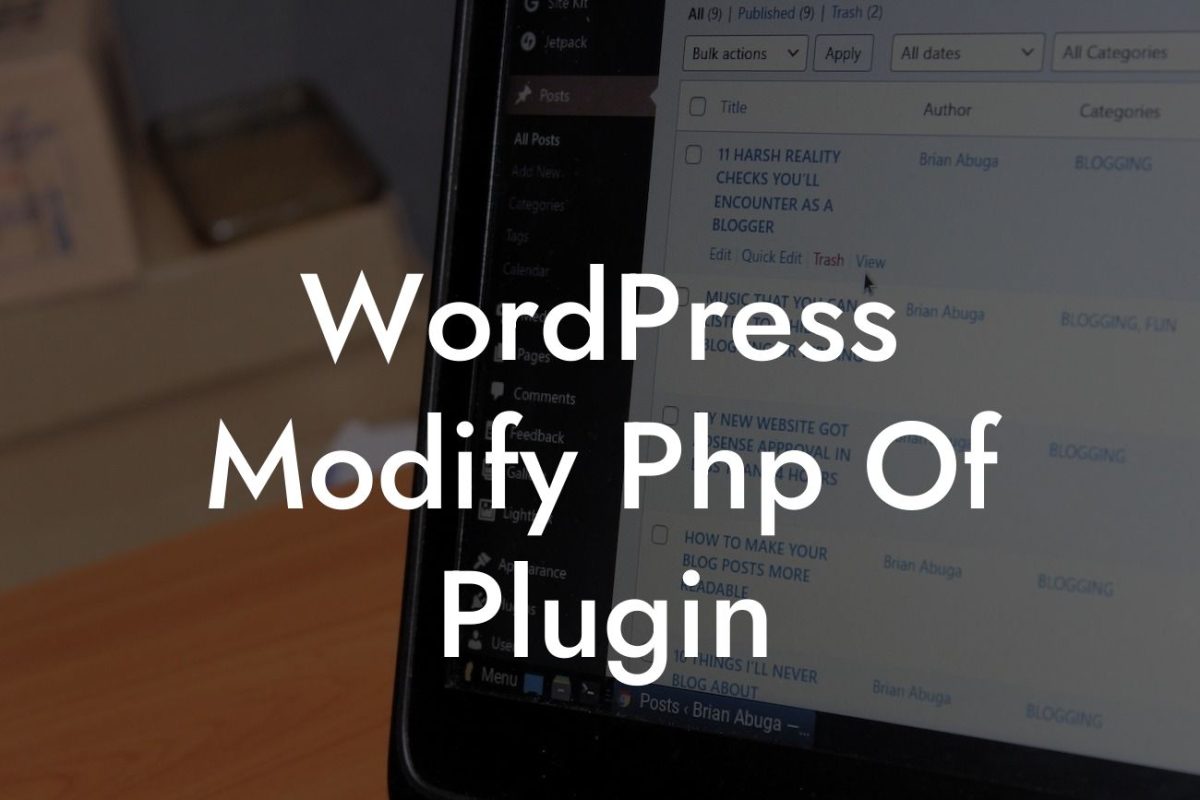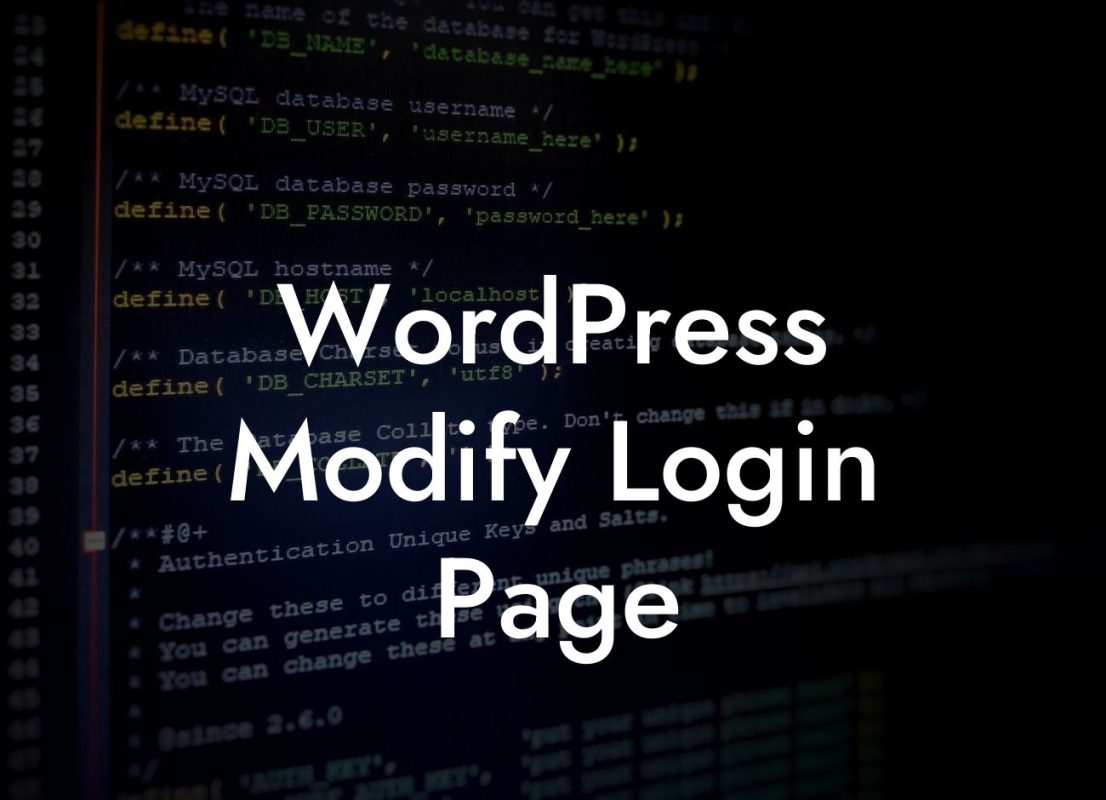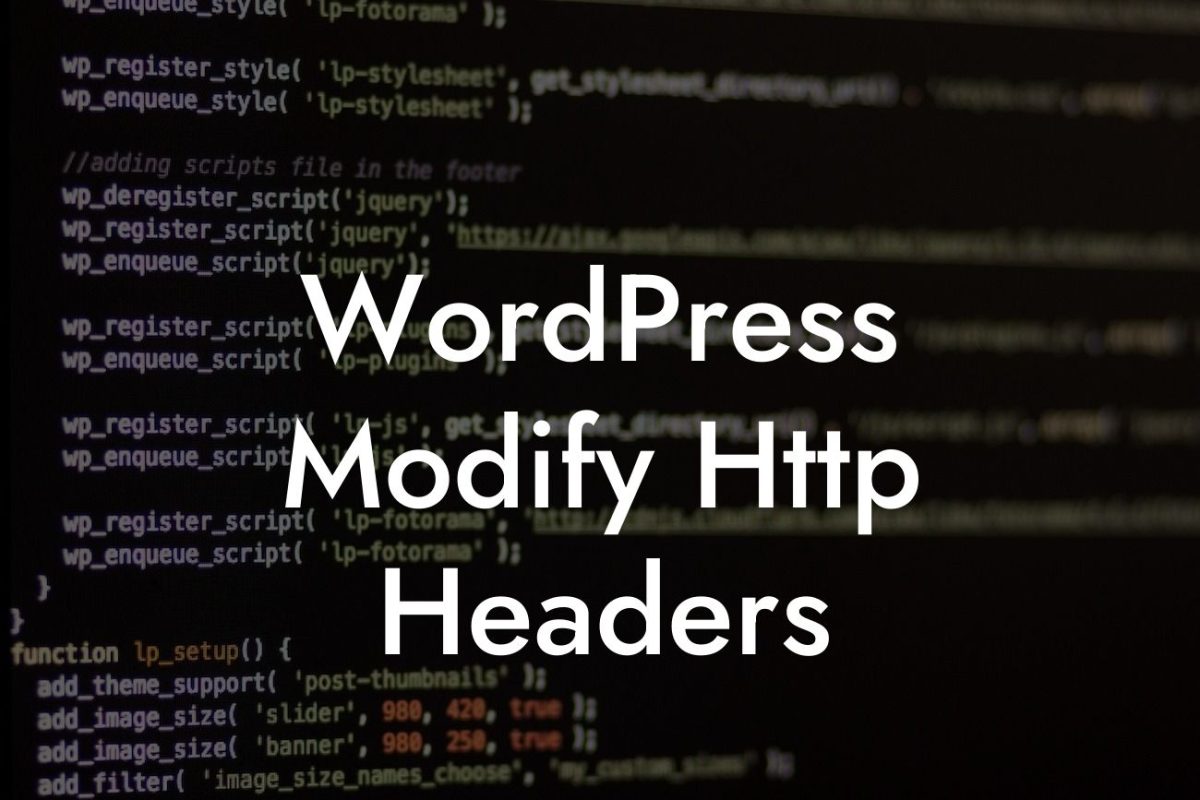Widgets are incredibly handy when it comes to customizing your WordPress website. They offer a simple and effective way to add functionality and personalized elements to your site. However, what if you want to modify an existing widget? Perhaps you want to tweak its appearance or add additional features. In this article, we will guide you through the process of modifying an existing widget, step by step. So, let's dive into the world of widget customization and unlock the true potential of your WordPress site.
Widgets serve as the building blocks of your WordPress website, allowing you to easily add various components such as menus, calendars, search bars, and more. Modifying an existing widget can help you match it perfectly with your website's design or add extra functionality that suits your unique needs. Here's how you can go about it:
1. Understand the Widget Structure: Before you begin modifying a widget, it's essential to understand its structure. Widgets are typically made up of HTML, CSS, and PHP code. By familiarizing yourself with these components, you'll be better equipped to make the necessary changes.
2. Locate the Widget File: The first step in modifying a widget is finding the file associated with it. This file is responsible for generating the widget's output. Navigate to your WordPress theme's folder and look for the "widgets" directory. Inside this directory, you should find the file corresponding to the widget you want to modify.
3. Backup the Widget File: Before making any changes, it's crucial to create a backup of the widget file. This ensures that you can easily revert back to the original code if needed. Simply make a copy of the original file and save it in a separate folder.
Looking For a Custom QuickBook Integration?
4. Customize the Widget: Once you have the widget file, you can start customizing it to meet your requirements. This may involve changing the HTML structure, modifying the CSS styles, or adding new PHP code. By experimenting and tweaking different elements, you can create a widget that perfectly aligns with your vision.
Wordpress Modify Existing Widget Example:
Let's say you have a widget on your WordPress site that displays recent blog posts. However, you want to add an additional feature that shows the number of comments each post has received. To achieve this, you can modify the existing widget file by integrating a PHP function that fetches the comment count for each post. By following the steps mentioned above, you can seamlessly enhance the functionality of the widget and provide valuable information to your visitors.
Congratulations! You've successfully learned how to modify an existing widget on your WordPress website. With the power to customize widgets, you have the freedom to make your website truly unique and tailored to your preferences. Explore DamnWoo's collection of awesome WordPress plugins to further elevate your online presence. Don't forget to share this article with others who may find it helpful, and see what other guides DamnWoo has to offer. Remember, cookie-cutter solutions are a thing of the past – it's time to embrace the extraordinary!




